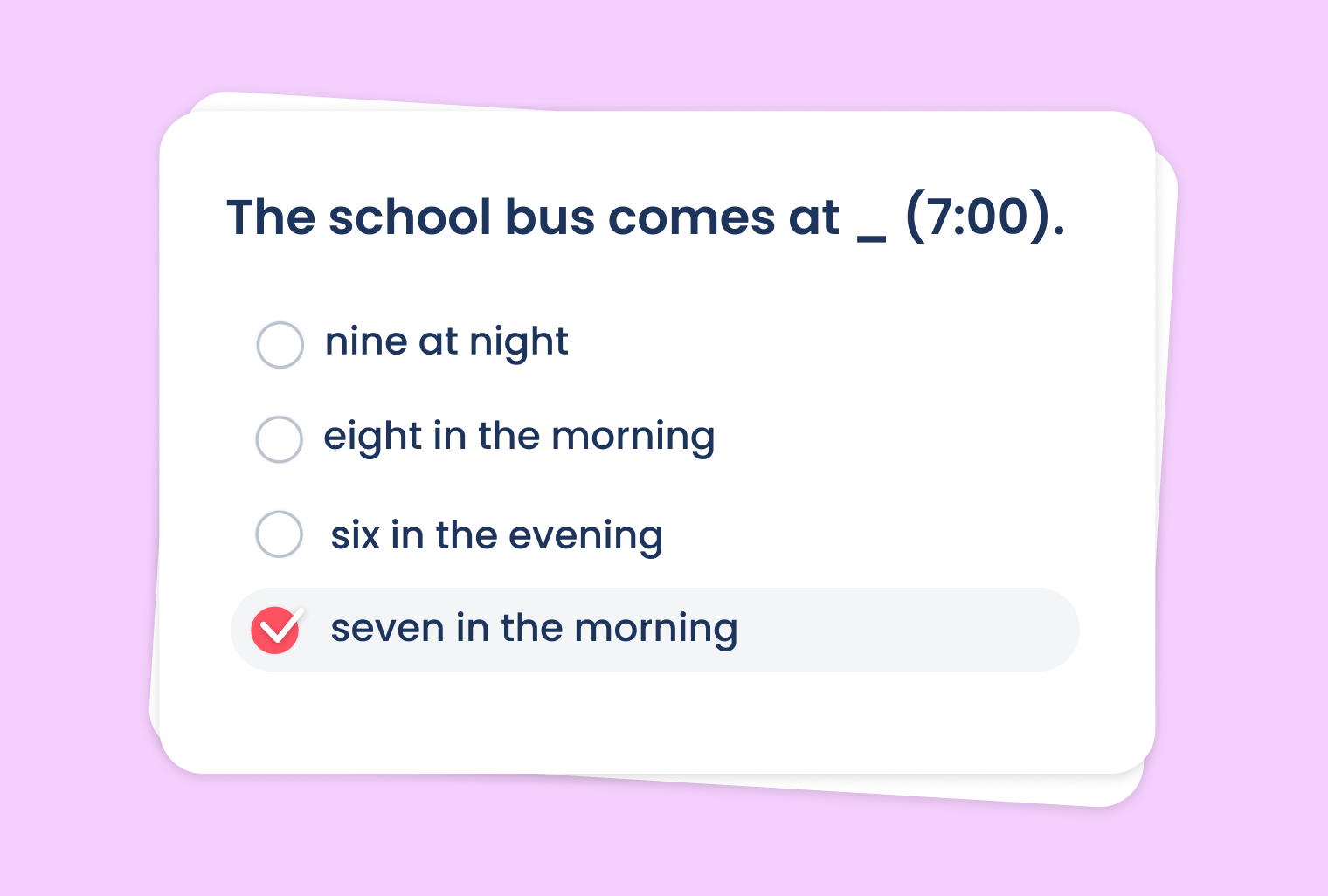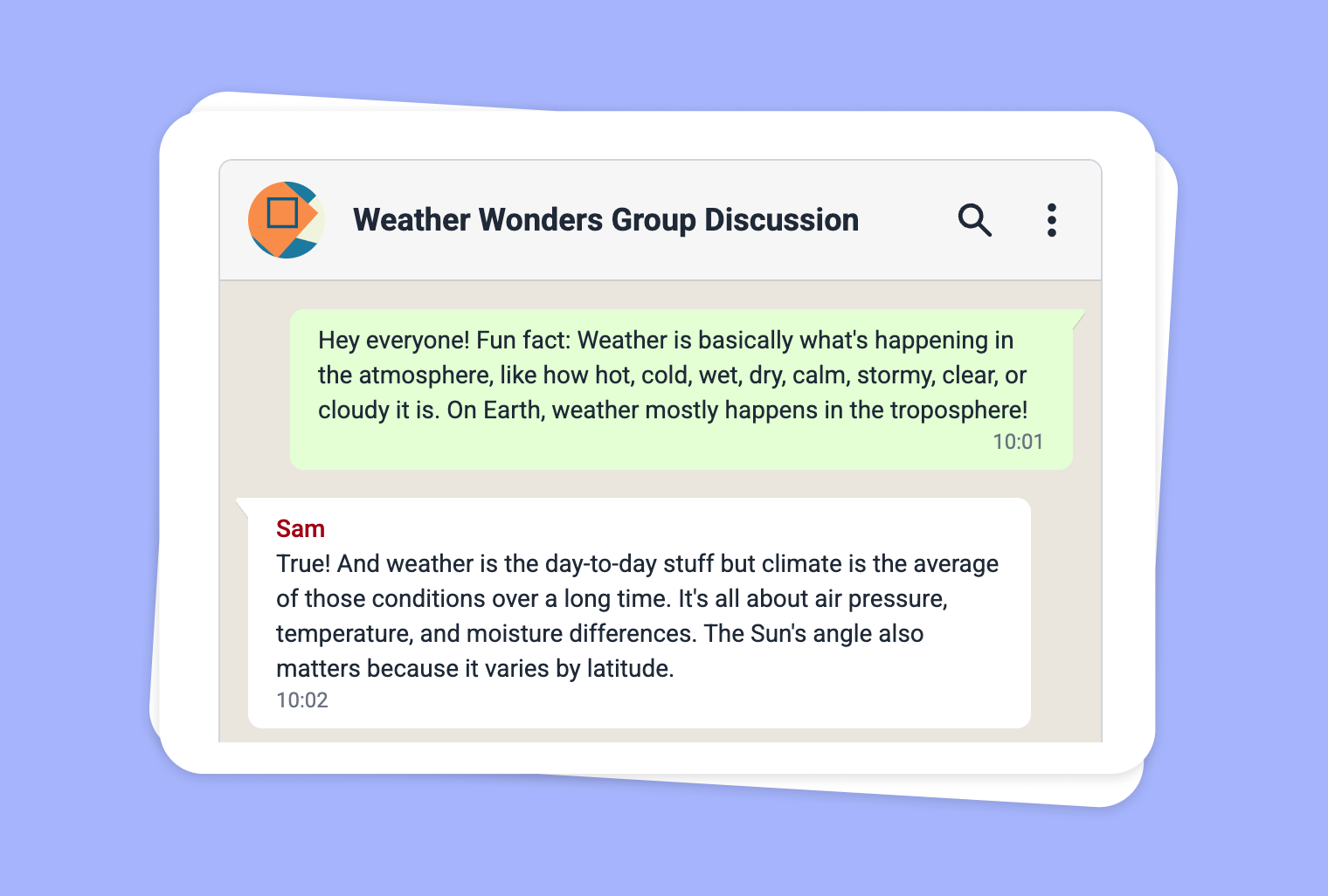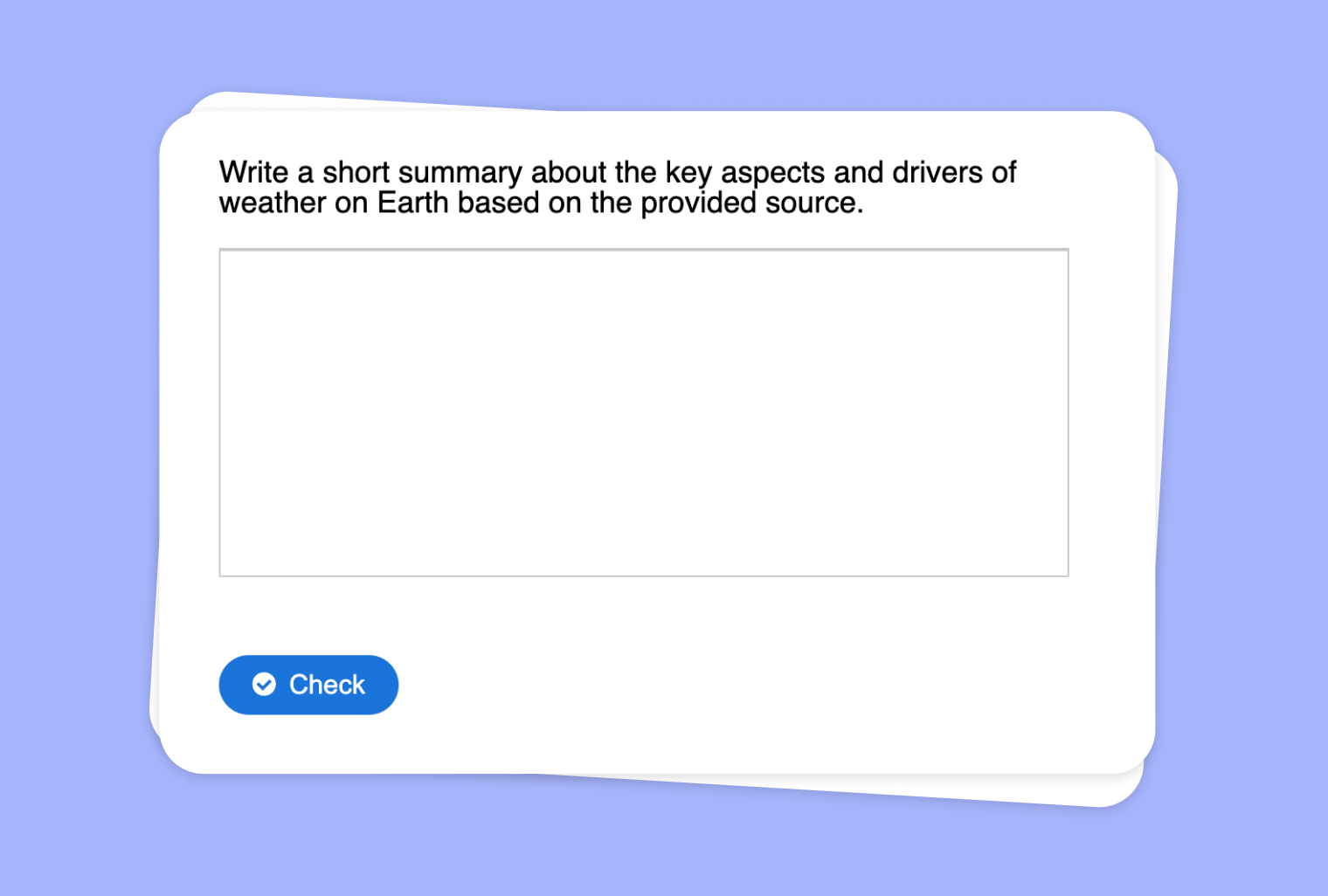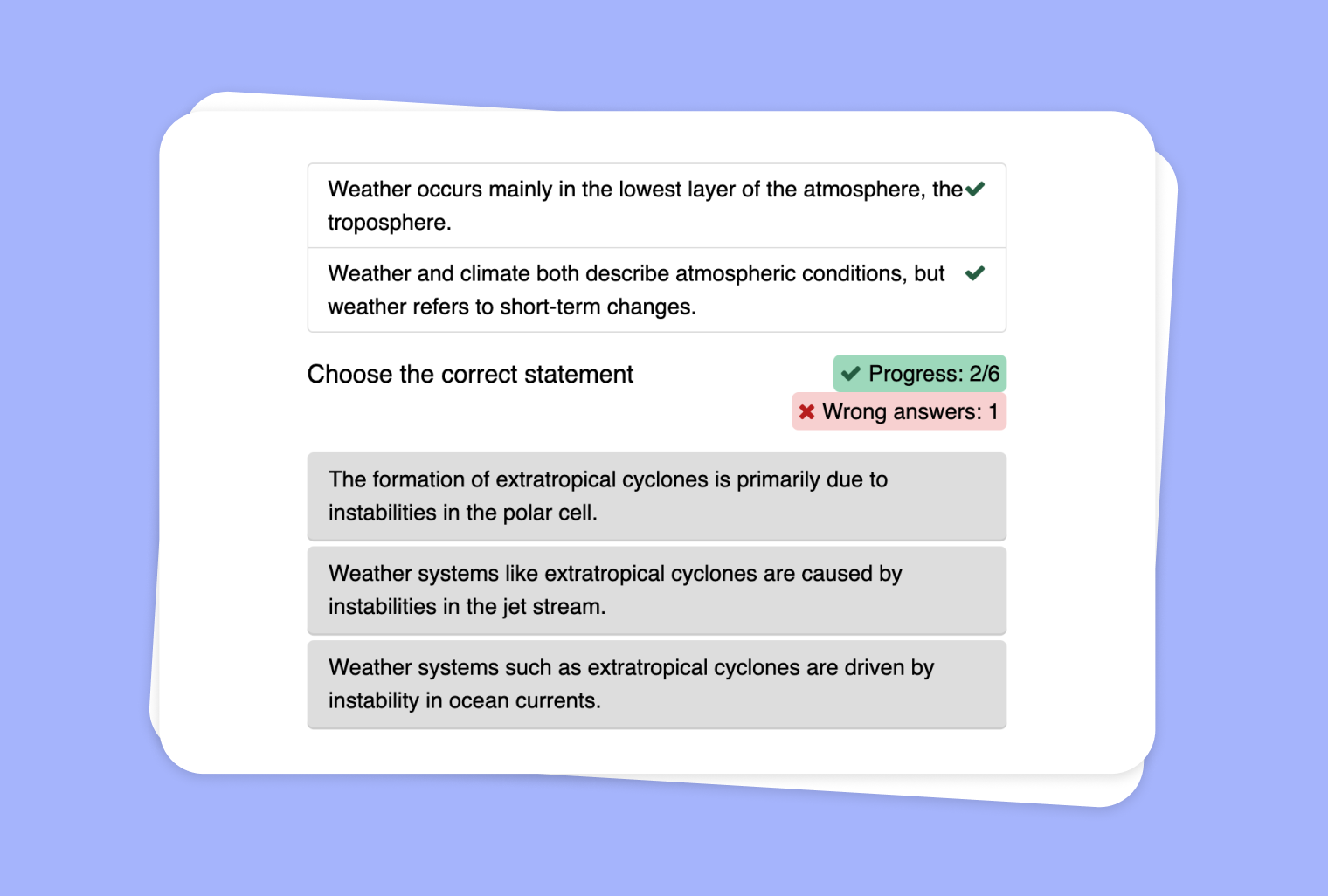How to Teach Telling Time in a Fun Way

Teaching Ideas
Telling time is a crucial skill for children to learn. But it can often feel tedious for kids when taught in a traditional worksheet format. That's why it's important to find creative ways to make learning to tell time interactive and engaging. In this post, we'll explore unique activities and tools to liven up your time-telling lessons.
Hands-On Clock Manipulatives
Having students work with physical clock manipulatives can help cement time-telling concepts. Gather various craft supplies or classroom objects to create makeshift clocks. Use paper plates, cardboard, felt, stickers, and brad fasteners to assemble the clock face. Then have students set the movable hands to match times you call out. Get creative by making clocks in different shapes, sizes, and themes.
Digital Clock Games and Apps
Incorporate technology into time-telling lessons with digital clock games and apps. Fun, interactive options like Telling Time allow students to move the hands on a virtual clock face to match given times. Apps like Telling Time use engaging animations to demonstrate hour and minute hand movement. Kahoot is another game-based platform great for creating customized digital quizzes.
Telling Time Bingo
Bingo games are a classroom staple, and telling time bingo puts a fun spin on learning to read analog clocks. Provide each student with a bingo board filled with various times. Call out times at random, and have students cover the matching time on their bingo board. The first student to get 5 in a row wins! To differentiate, add simpler or more complex times based on students' levels.
Dramatic Telling Time Charades
Get kids moving and laughing with a telling time charades game! Write various times on strips of paper and place them in a bag. Have students take turns pulling out a time, then acting it out for classmates to guess. Extend the activity by having students pantomime the daily activities they associate with certain times.
Reading Times Throughout the Day
Incorporate telling time practice into your regular classroom routine. Place analog clocks around the room labeled with events on your daily schedule. Direct students' attention to the clocks during transitions, asking them to read and discuss the times. You can also supplement with a picture schedule chart that matches activities with times.
Time-Themed Bulletin Boards
Display student time-telling work on engaging bulletin boards. Decorate with clock images, questions about time, or vocabulary words. One idea is a "What Time is It?" display with student-made clocks showing special times like lunch, recess, or dismissal. Change it up for seasons, holidays, or current classroom themes.
Learning to tell time is a key milestone for early elementary students. But mastering this complex skill requires varied, multi-sensory teaching approaches. Use these creative ideas to make your time-telling lessons more engaging and impactful. Remember to leverage helpful online tools like Wordwall, Padlet, and JeopardyLabs to add an interactive element. Most importantly, keep the learning lively and fun!
If you need more inspiration for innovative time-telling activities, check out to-teach. Their AI-powered platform helps teachers easily create customized worksheets, exercises, and lessons on engaging topics for students. Give your time-telling curriculum a boost with student-approved content from to-teach.
Sign Up for to-teach.ai!
Join more than 100,000 educators who are transforming their lesson planning with to-teach.ai

Sign Up for to-teach.ai!
Join more than 100,000 educators who are transforming their lesson planning with to-teach.ai
Start for free
Transform Your PDF into an Engaging WhatsApp Chat
Transform your PDF content into an immersive WhatsApp Chat format, making reading and comprehension more interactive and engaging.

Extract Text from Images into Summaries
Leverage OCR technology to convert images into text and create summary-writing assignments that sharpen analytical and writing skills.

Transform a YouTube Video into a Statements Exercise with Summary
Create a statements exercise from any YouTube video and guide your students to identify the correct statements and craft a concise summary.